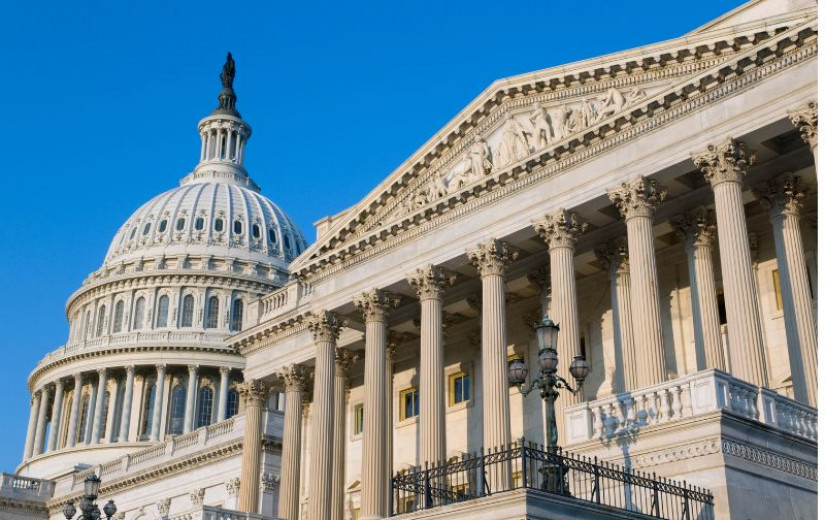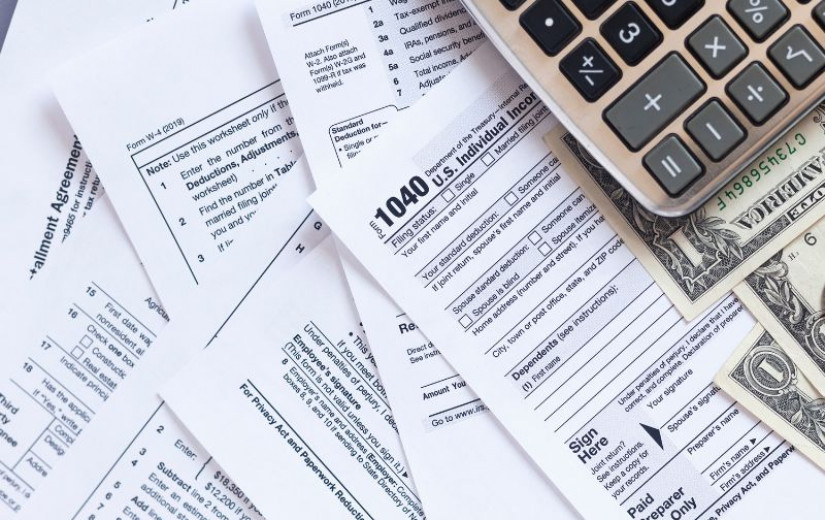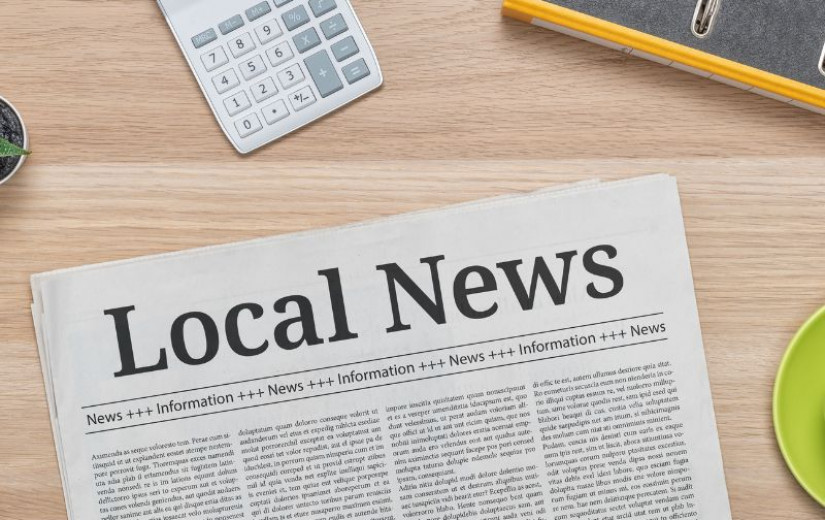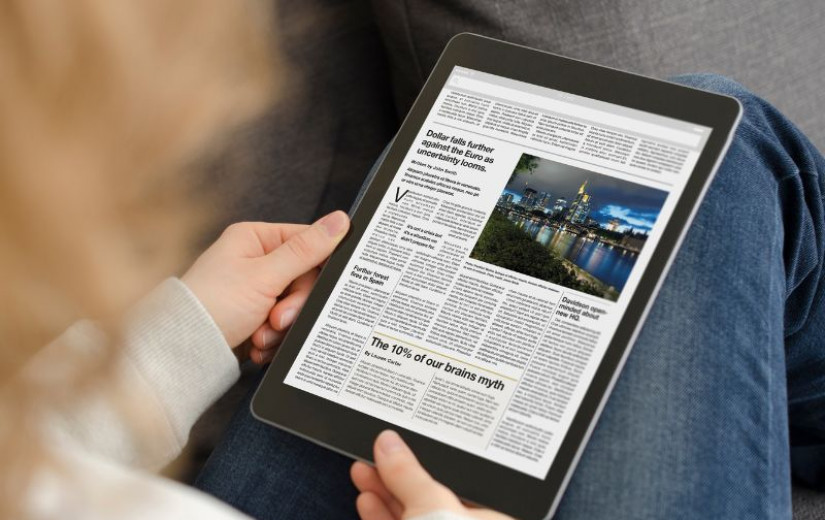When it comes to paying bills, budgeting, and building your savings, there are various plans and methods from which to choose. The pay-yourself-first strategy is a different method that allows you to grow your savings methodically. Often, conventional financial planning methods tend to recommend making a budget, paying bills, and then allotting a specific amount to savings. Paying yourself first works in the opposite way.
By paying yourself first, you refocus your financial planning to prioritize saving a portion of your monthly income from the beginning instead of waiting until the end and hoping there’s money to save. In addition, it can help to think of your savings as a bill and make it the first bill you pay. By choosing this process, you are less likely to be tempted to skip a payment, thus allowing you to maximize your savings.
There are a few quick and simple steps to paying yourself first.
It is crucial to ensure that you can pay all of your monthly expenses without undue hardship. You do not want to pay more in late fees or interest because you are trying to save. Tackle extensive debt first before increasing your savings.
After reviewing your income, bills, and discretionary purchases, you should know how much money you can put into savings. You may need to start small, but even $25 or $50 will add up more quickly in an interest-bearing account than if it’s spent on unnecessary purchases. Then, as you pay off a credit card, your income increases, or you have other money to
Consider setting your paycheck so your funds are automatically transferred to your savings account each payday. This way, you will not see the money leave your account, and eventually, you will not miss it after a few months.
Where should you be putting your money as you pay yourself first? This will vary based on the type of accounts you already have and your long-term goals. However, there are multiple options for how to save your money.
Growing an emergency fund is imperative for preventing financial issues should an unexpected bill or job loss happen. Shop around and choose a savings account to earn interest, but that also allows easy access to your money on short notice without penalty.
Put money into an employer-sponsored retirement account, such as a 401(k) or Health Savings Account (HSA). Alternatively, consider an individual retirement account (IRA) or other options if you are self-employed. By choosing certain types of retirement accounts, you can benefit from the tax benefits and save for your future.
If you know you have a large purchase in your future, start transferring money through the pay-yourself-first method. This could help you save for a down payment for a vehicle, a wedding, a big vacation, or other significant expenses.
Whether your goal is to save for emergencies, a planned significant expense, or your retirement, paying yourself first can be very beneficial. Setting money aside before you find a way to spend it is financially responsible, but if you need to pay off debt first, that is also important. You may also decide to pay yourself first into multiple types of accounts and slowly increase your payments as your budget changes. Paying attention to your budget and transitions in your financial situation will allow you to navigate your financial journey more easily.
What Does “Pay Yourself First” Really Mean?
By paying yourself first, you refocus your financial planning to prioritize saving a portion of your monthly income from the beginning instead of waiting until the end and hoping there’s money to save. In addition, it can help to think of your savings as a bill and make it the first bill you pay. By choosing this process, you are less likely to be tempted to skip a payment, thus allowing you to maximize your savings.
How To Start Paying Yourself First
There are a few quick and simple steps to paying yourself first.
Assess Your Liabilities
It is crucial to ensure that you can pay all of your monthly expenses without undue hardship. You do not want to pay more in late fees or interest because you are trying to save. Tackle extensive debt first before increasing your savings.
Be Practical
After reviewing your income, bills, and discretionary purchases, you should know how much money you can put into savings. You may need to start small, but even $25 or $50 will add up more quickly in an interest-bearing account than if it’s spent on unnecessary purchases. Then, as you pay off a credit card, your income increases, or you have other money to
Automatically Transfer Your Money
Consider setting your paycheck so your funds are automatically transferred to your savings account each payday. This way, you will not see the money leave your account, and eventually, you will not miss it after a few months.
How to Save with Pay Yourself First Savings
Where should you be putting your money as you pay yourself first? This will vary based on the type of accounts you already have and your long-term goals. However, there are multiple options for how to save your money.
Emergency Funds
Growing an emergency fund is imperative for preventing financial issues should an unexpected bill or job loss happen. Shop around and choose a savings account to earn interest, but that also allows easy access to your money on short notice without penalty.
Retirement Accounts
Put money into an employer-sponsored retirement account, such as a 401(k) or Health Savings Account (HSA). Alternatively, consider an individual retirement account (IRA) or other options if you are self-employed. By choosing certain types of retirement accounts, you can benefit from the tax benefits and save for your future.
Large Purchases
If you know you have a large purchase in your future, start transferring money through the pay-yourself-first method. This could help you save for a down payment for a vehicle, a wedding, a big vacation, or other significant expenses.
Saving For Your Future
Whether your goal is to save for emergencies, a planned significant expense, or your retirement, paying yourself first can be very beneficial. Setting money aside before you find a way to spend it is financially responsible, but if you need to pay off debt first, that is also important. You may also decide to pay yourself first into multiple types of accounts and slowly increase your payments as your budget changes. Paying attention to your budget and transitions in your financial situation will allow you to navigate your financial journey more easily.
Related Articles
Stay Informed
Get the best articles every day for FREE. Cancel anytime.










